Map images
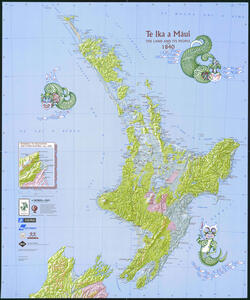
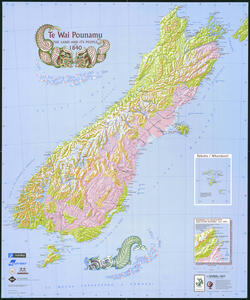
For high quality digital copies including geo-referenced maps, go to GeoDataHub – go to Geospatial Data Repository, then NZMS, then open the directory NZMS_346.
Background
The first edition maps were based on drafts prepared for a Centennial Atlas which was to have been published in 1941. Due to a funding shortage this atlas was never completed. A great deal of the material and place names prepared for it remained stored at the Alexander Turnbull Library and in the Board’s archives, including lists of place names originally compiled with the assistance of Sir Apirana Ngata, James Cowan, Johannes Andersen, George Graham and other nomenclature experts of the day.
At the South Pacific Place Names Conference 1990 it was resolved to produce a map of original Māori place names. Following preliminary work, Pou Taunaha resolved to complete the centenary maps as part of the International Year for the World’s Indigenous People 1993. The existing body of scholarship added further names to the original lists. For the cartography, vegetation circa 1840 was sourced from the New Zealand Atlas 1976 and review of scientific papers.
The late Mrs Te Aue Davis assisted the former Department of Survey and Land Information in Māori research and traditions. She worked principally with the Board collecting the original Māori place name material from tribal groups who had previously contributed to the Board’s publication of He Korero Pūrākau Mo Ngā Taunahanahatanga a Ngā Tūpuna, Place Names of the Ancestors, A Maori Oral History Atlas.
In collaboration with John Wilson and Tā Tipene O’Regan, she also wrote and edited the material for the Board’s companion publication, Ngā Tohu Pūmahara, The Survey Pegs of the Past, Understanding Māori Place Names.
The networks previously established by Mrs Davis were used to verify individual Māori place names for the first edition of the maps, including through several months of travel by Mrs Davis to meet with kaumātua.
For the orthography of place names the Board tried to ‘balance’ the standardised orthography for te reo Māori developed by the then newly established Te Taura Whiri i te Reo Māori (Māori Language Commission), with cartographic challenges using macrons, hyphens, and longer place names. While macrons were endorsed, hyphens were not, as they were considered to create cartographic ‘noise’ that could be confused as map symbology. The Board also chose to separate out the constituent parts of place names considering that the origin and meaning was ‘destroyed’ by compounding words.
Artwork for the map was produced by the late Cliff Whiting.
Drafts
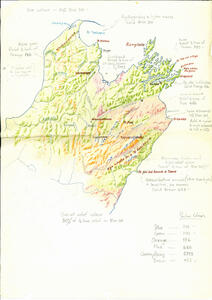
Te Waipounamu sketch with colour planning
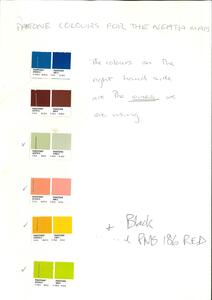
Pantone colour swatches for the 1995 tangata whenua place name maps
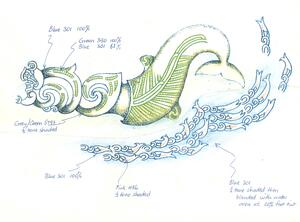
Taniwha design by Cliff Whiting
Media from the launch of the maps
Photos
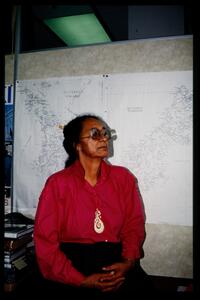
Te Aue Davis (researcher), Treaty Land Claims and NZ Geographic Board
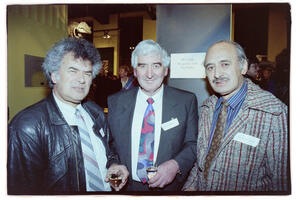
Cliff Whiting (artist), Bill Robertson (Board Chairperson and Surveyor-General), <span lang="mi">Tairongo Te Wiremu Amoamo</span> at the launch of the maps
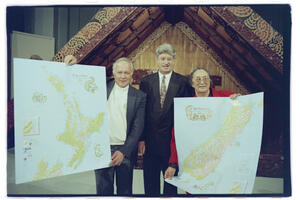
Professor Te Wharehuia Milroy, Denis Marshall (Minister for Survey and Land Information), and Te Aue Davis with the Māori 1840 map launch at the Māori Hall, Te Papa Tongarewa Museum of New Zealand
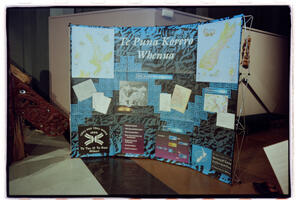
Display of the 1995 maps